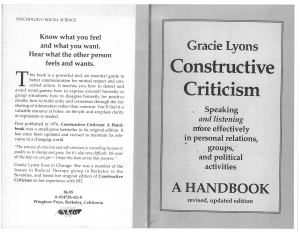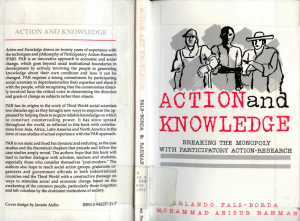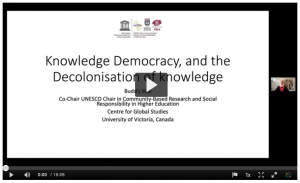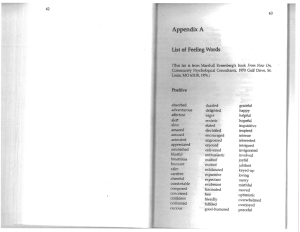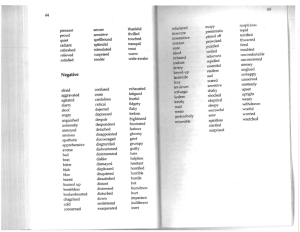“There are so many layers that as a society we are unwilling to hold at all times. We have our own limitations. But I think this time is necessitating the value and importance of hearing everyone’s story. It goes back to what you were saying about what it means that you have to engage with yourself and your privileges. You have to actually see yourself wholly and complexly and all the things that you hold. Then you can actually hold someone else’s full self as well.”
Lyons, G. (1988). Constructive Criticism. Speaking and Listening More Effectively in Personal Relations, Groups, and Political Activities. A Handbook. Berkeley: Wingbow Press.
→ Recommendation: pp.31-41.
Fals-Borda, O., Rahman, M. A. (Eds.) (1988). Action and Knowledge. Breaking the Monopoly with Participatory Action-Research. New York: The Apex Press.
→ Recommendation: chapter 1 and 11.
Kunstencentrum VIERNULVIER (2014). Martha Nussbaum Political Emotions. [Video]. https://m.youtube.com/watch?v=87hwtoLfd6I (22-11-06)
Lindhult, E. (2021). Budd Hall on Knowledge Democracy. [Video]. https://play.mdh.se/media/t/0_kqdj82ts (22-11-06)
What do you feel as you are looking at these art works? What might the artists have felt like? Can you connect to the art works and maybe even to the artists?
(For reasons of copyright images can’t be included here; feel free to go and have a look at the works yourself by visiting the following links.)
Do you know your emotions? Can you spot them on Plutchik’s Wheel of Emotions?
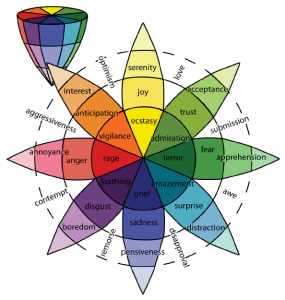
Maupome, G., Isyutina, O. (2013). Dental Students’ and Faculty Members’ Concepts and Emotions Associated with a Caries Risk Assessment Program. Journal of Dental Education. 77(11), 1477-1487. (Illustration retrieved from p. 1480)
Can you name your feelings? Can you speak them? Do you have a language for them?
Lyons, G. (1988). Constructive Criticism. Speaking and Listening More Effectively in Personal Relations, Groups, and Political Activities. A Handbook. Berkeley: Wingbow Press.
→ For better resolution, go and read the pages here.

